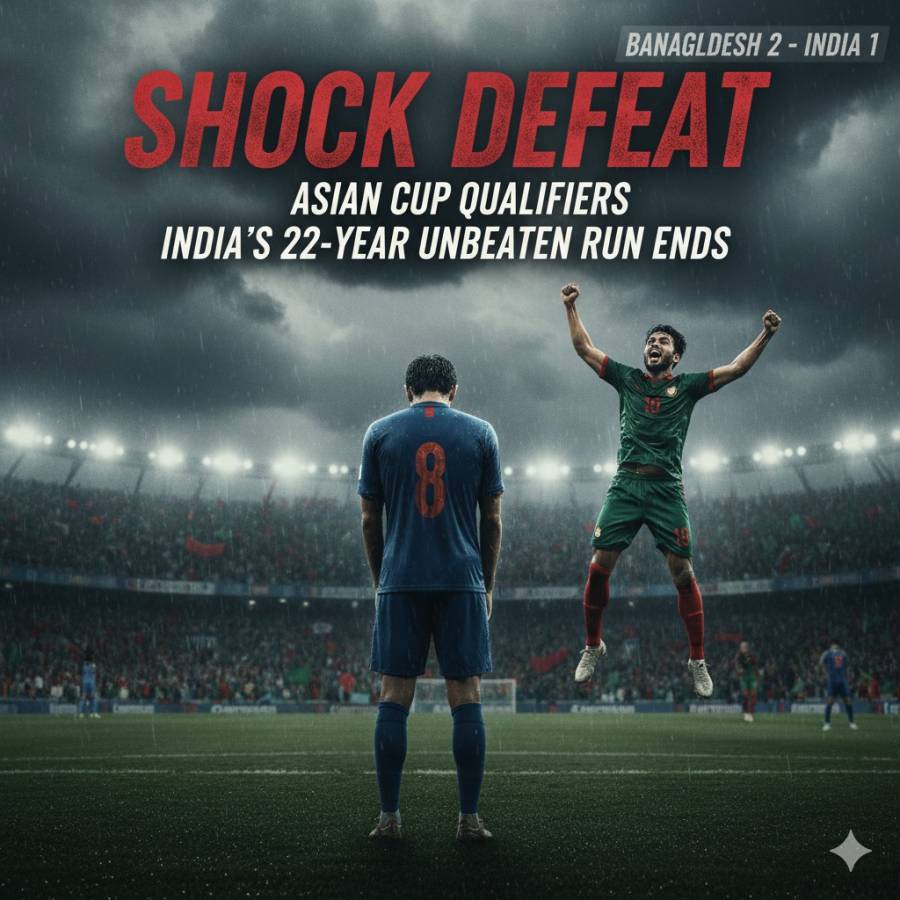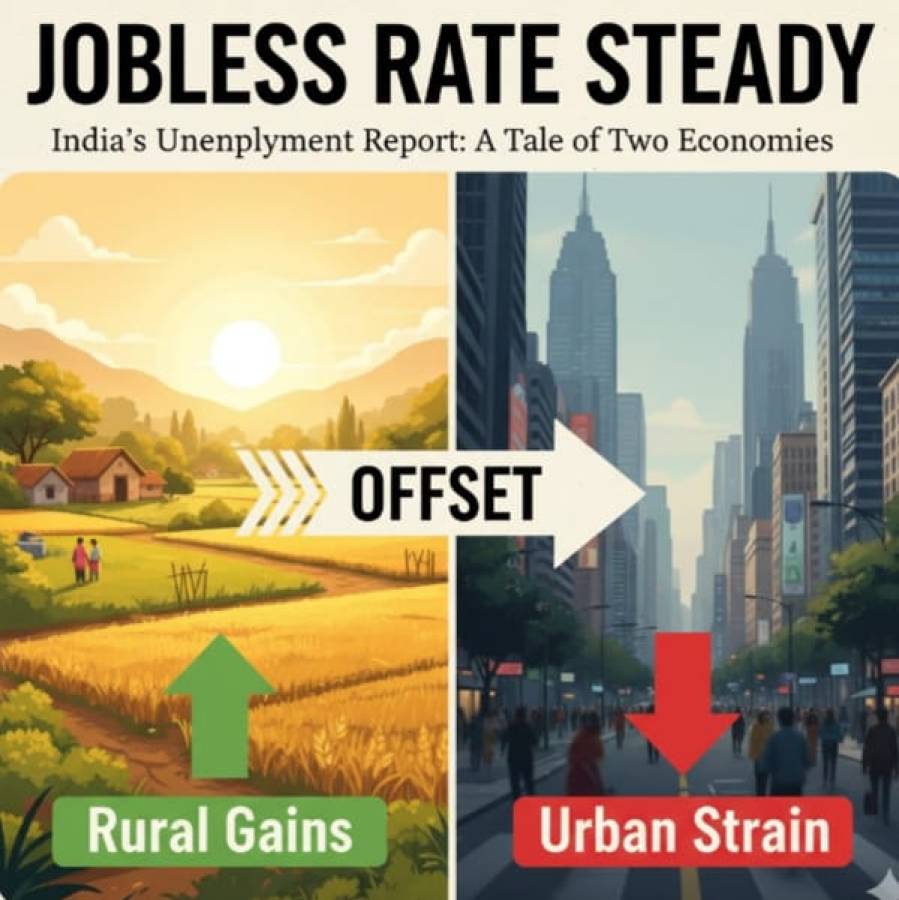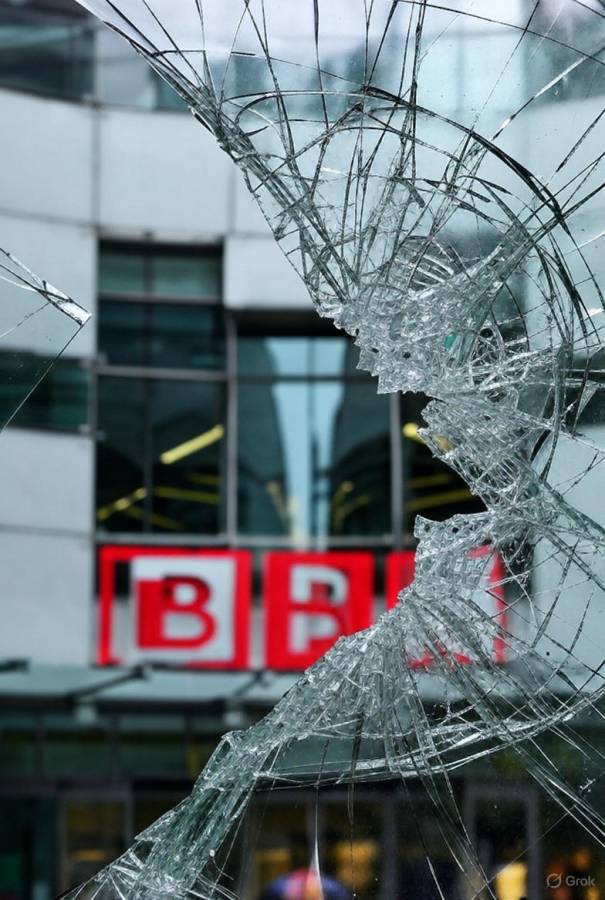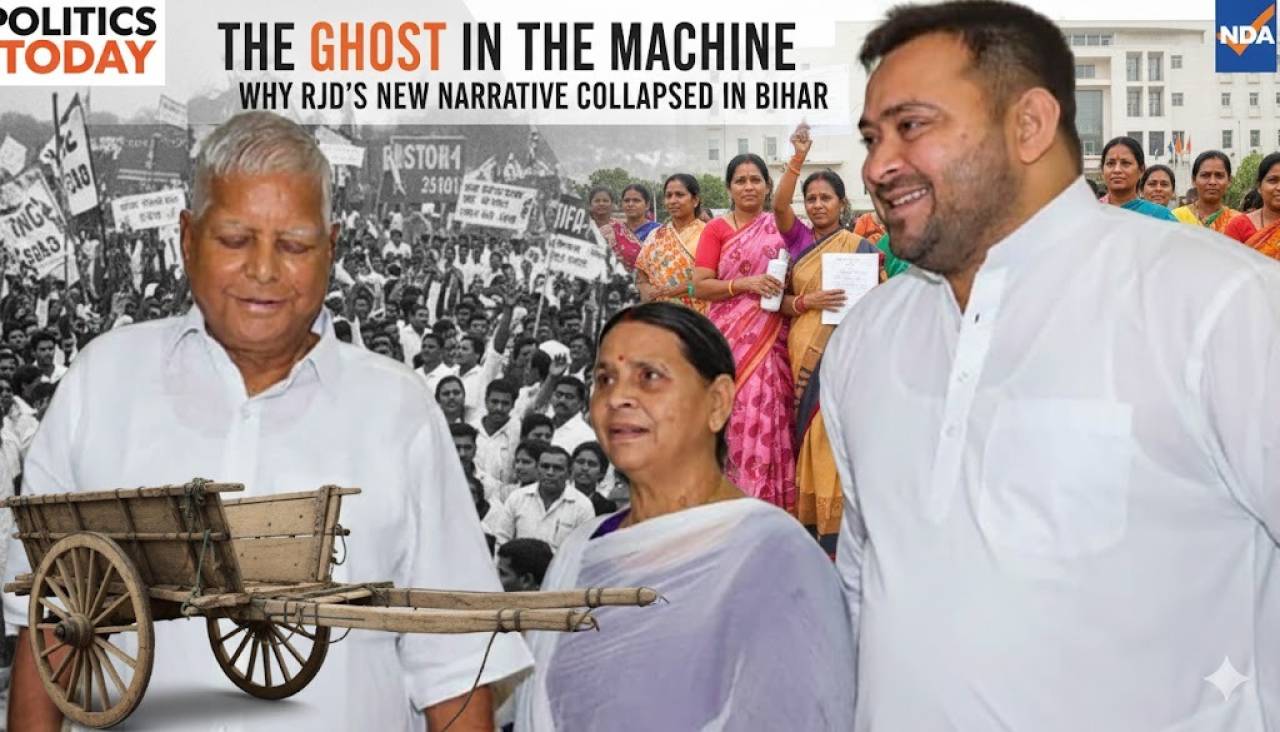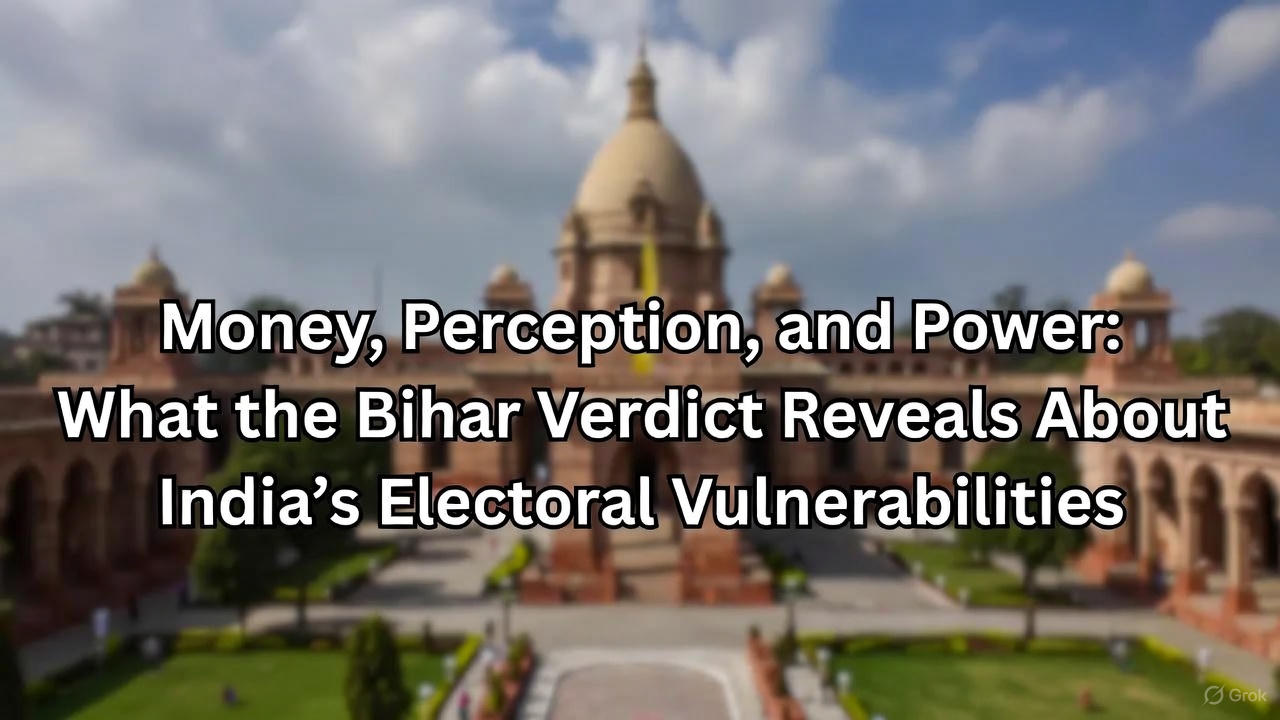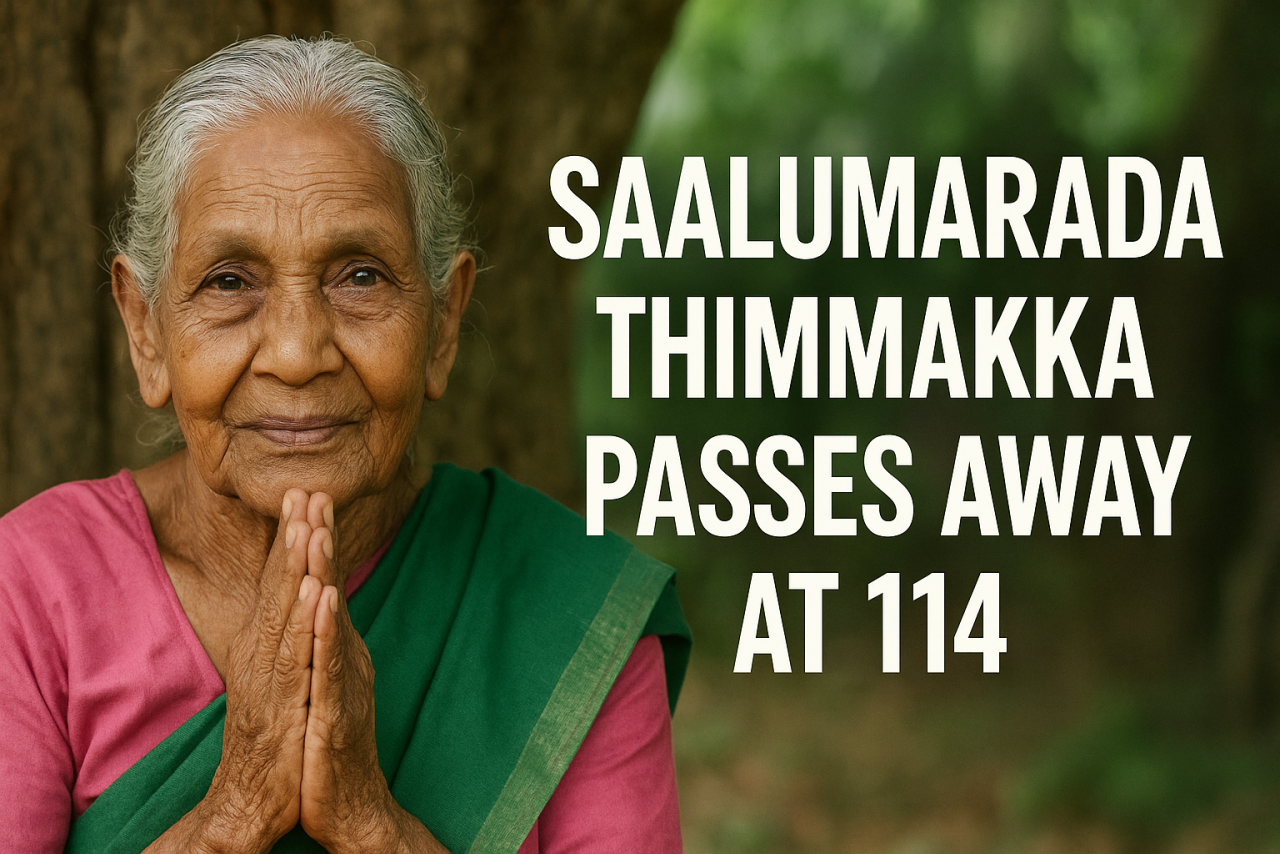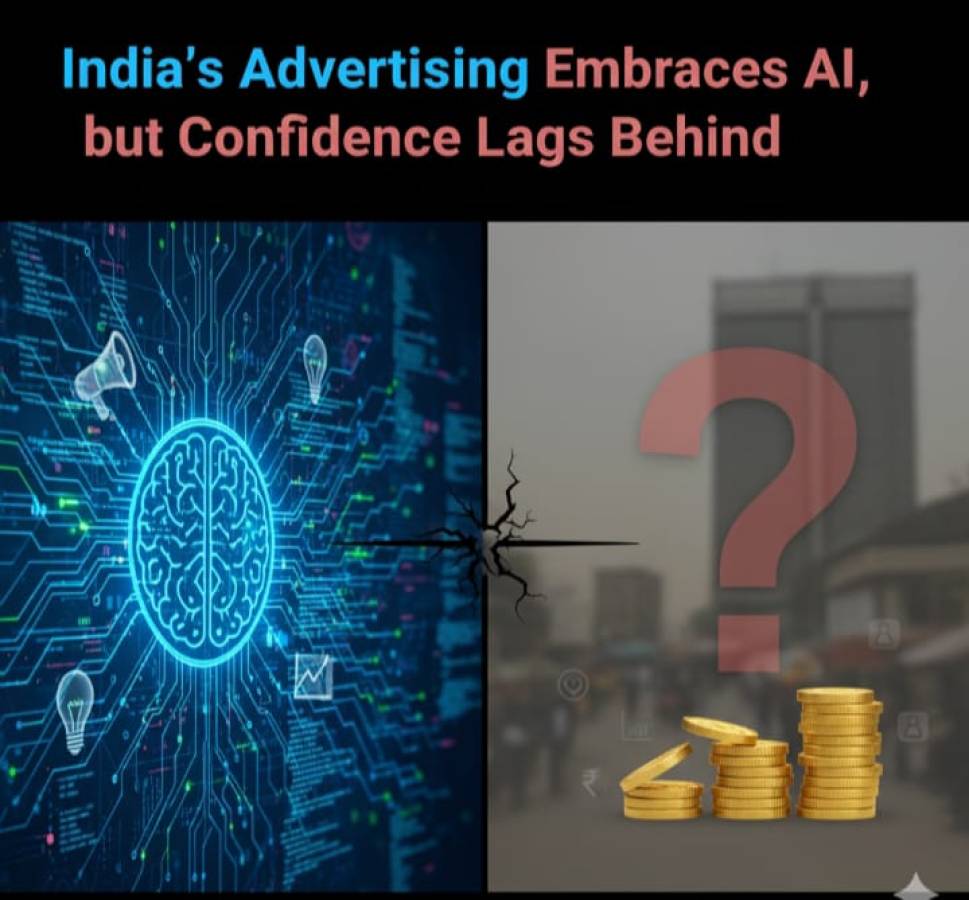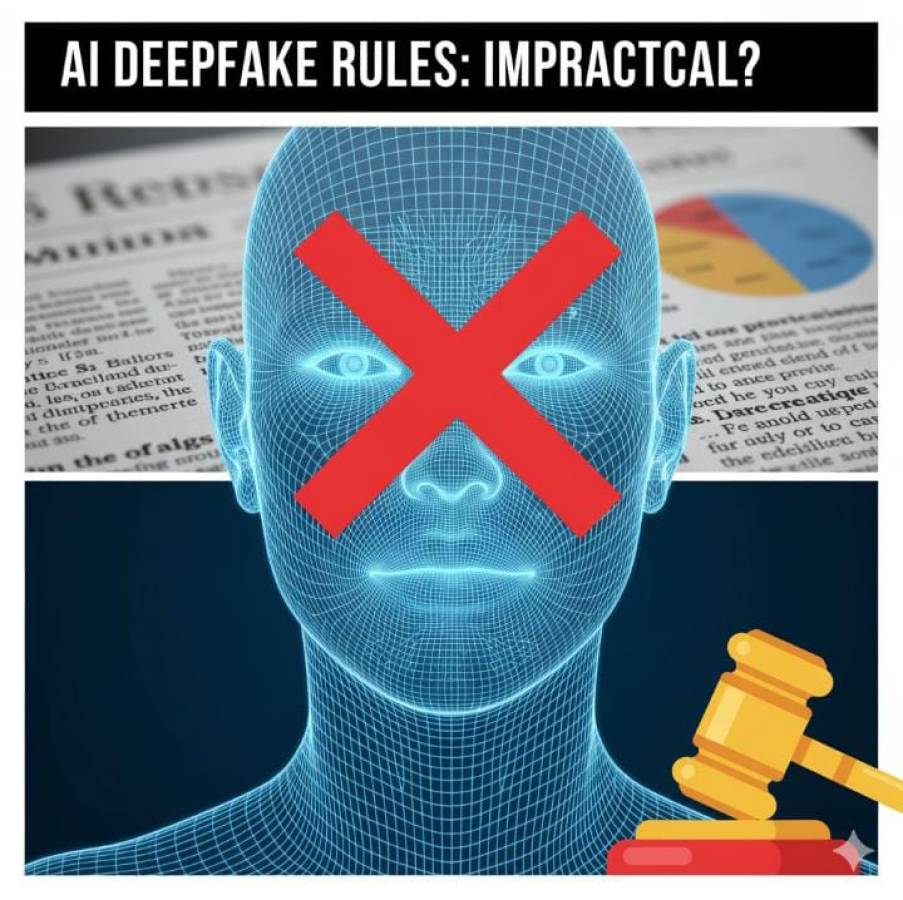
It is often said that ignorance is not just a lack of knowledge, but a force that, when combined with arrogance and hatred, can corrode the soul of a nation. This was shamefully evidenced in Ghaziabad when a group of self-proclaimed patriots smeared black ink over a mural, confusing Bahadur Shah Zafar for Aurangzeb. The symbolism of this act goes far beyond mere defacement; it lays bare the dangerous mix of historical illiteracy, communal prejudice, and performative nationalism spreading like wildfire in the public psyche.
The incident unfolded at Ghaziabad railway station platform, where murals of historical figures were painted as part of a beautification drive. One such painting depicted Bahadur Shah Zafar—the last Mughal emperor and a poetic soul who symbolized India's First War of Independence in 1857. Zafar was not a tyrant, not an invader, but a reluctant ruler and a spiritual figure whose poetry captured the anguish of a vanquished nation. His army was a blend of Hindus and Muslims, and he died in exile, writing verses soaked in sorrow and patriotism.
But for the vandals, facts held no weight. They descended upon the mural, blackened Zafar’s face, and chanted slogans against the so-called glorification of Aurangzeb. The irony? They defaced the face of the very man who stood for India’s first unified resistance against British rule, mistaking him for a Mughal emperor known for religious orthodoxy. This was not protest—it was performance, rooted in ignorance and stoked by hatred.
The damage here is not just to a wall—it’s to our collective memory and cultural literacy. In smearing that mural, they also smeared the legacy of a man who embodied India’s syncretic traditions. Bahadur Shah Zafar’s contributions to Urdu poetry, his role in the 1857 rebellion, and his inclusive vision were all symbolically erased by people who couldn’t be bothered to differentiate between centuries, contexts, or characters.
What’s more alarming is the applause this act received in some quarters—echoes of support on social media, videos shared with pride, and public justifications that reeked of misplaced rage. The Railway authorities, to their credit, acknowledged the error and launched an inquiry. But the deeper wound lies in how easily a public space became an arena for uninformed outrage.
This is the new currency of discourse—sloganeering over study, destruction over dialogue. Historical illiteracy is no longer just a personal failing; it’s being weaponized. When nationalism is reduced to paint, protests, and posturing without the burden of knowledge, it becomes dangerous. Conflating Zafar with Aurangzeb isn’t just a factual error—it is a civic failure, and it exposes a society increasingly comfortable with burning books in their minds while waving flags with their hands.
It’s time we ask: who benefits from this? When mobs act on half-truths, when hate becomes the loudest voice in a room, and when public murals are treated as ideological battlegrounds, the very idea of India suffers. We are not a nation of binaries—we are a nation of layers, contradictions, and shared histories.
To erase figures like Bahadur Shah Zafar under the false pretext of religious justice is to erase a part of ourselves. These are not just paintings—they are reminders. And every time a painting is defaced by those who cannot read the past, it is the future that gets darker.
We need urgent civic education—not just in classrooms, but in streets, in media, and in conversations. Knowing history is not optional in a democracy; it is essential. And those who willfully distort it for momentary rage or political gain must be called out, condemned, and corrected.
Bahadur Shah Zafar deserves remembrance, not ridicule. And those who mistook him for Aurangzeb deserve a history book before a slogan, a lesson before a brush, and a conscience before a cause. Patriotism without understanding is not loyalty—it is theater. And we, as a society, cannot afford to keep paying for tickets to this farce.


